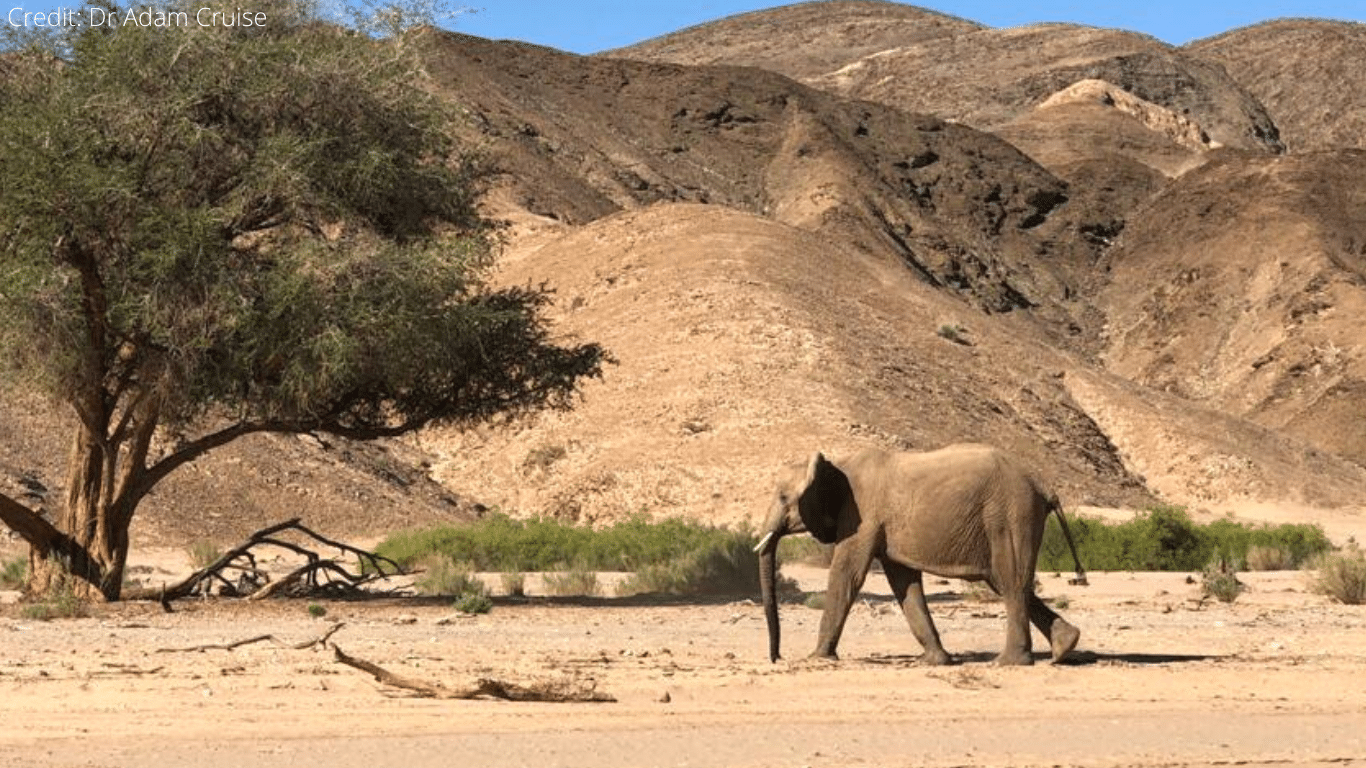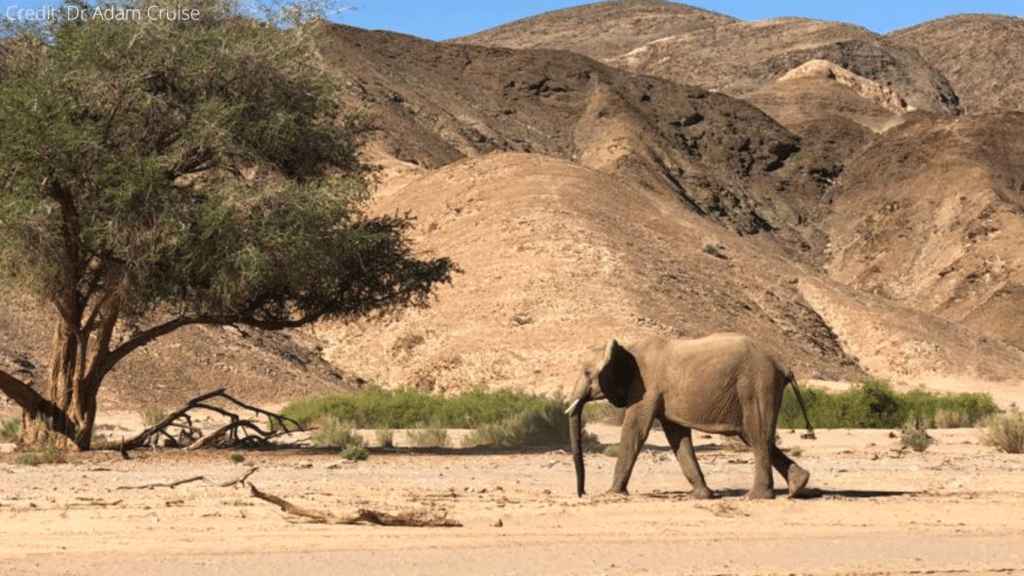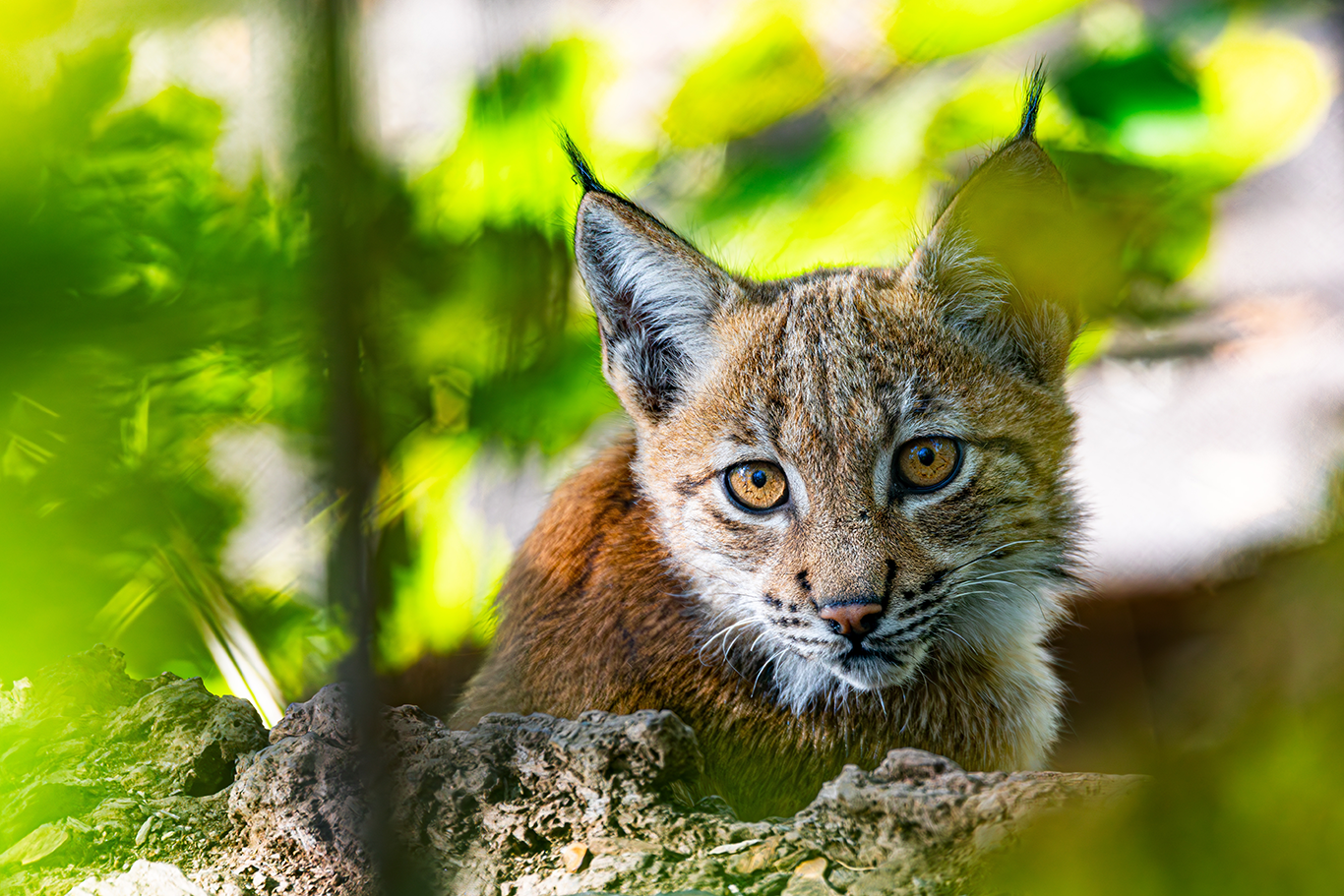By Melissa Reitz
The Convention on International Trade in Endangered Species of Wild Fauna and Flora (CITES), the international body that oversees trade in endangered species, has given Namibia the go-ahead to capture and sell 57 wild elephants, of which around 35 will be exported to captive destinations.
According to an investigation by US welfare organization, Animal Survival International (ASI), these elephants, including calves, are likely to be sent to zoos and safari parks in the Middle East. The Al Ain Zoo in the United Arab Emirates (UAE) has confirmed that it is expecting elephants early next year but would not say from where. Previous elephant exports to the UAE have required a five-month quarantine period.
This green light by the CITES Secretariat flies in the face of the Convention’s legislation to prohibit Namibia from exporting its live elephants outside their natural habitat under their, and according to conservationists is a deliberate misinterpretation by Namibia of, trade regulations.
“Namibia is making a mockery of international laws with its deliberate abuse and misinterpretation of trade regulations which are meant to protect elephants,” says Adrienne West, Chief Campaigner of ASI.
“What is deeply concerning to conservationists is that it is not the role of the CITES Secretariat to verify Namibia’s elephant exports, instead, it is the duty of CITES signatory countries.”
The legality of Namibia’s actions will be examined by CITES Standing Committee (its executive body) at its next meeting in 2022. But by this time, the sold elephants will have already been freighted to their destination.
In a convoluted statement, the CITES Secretariat attempted to justify the sale with a complex set of explanations that highlight the ineffective role CITES plays in protecting endangered species from trade exploitation.
In essence, the statement alleges that Namibia is permitted to export the elephants under a questionable interpretation of elephant Appendix II listing, saying that under certain circumstances, the country may export its elephants abroad using an Appendix l listing.
Appendix I-listed elephants can be exported under certain conditions, which includes being sold to zoos. CITES approves zoos and safari parks as “acceptable destinations” if they cite “education” or “captive breeding programs” as their purpose for import. This leaves plenty wiggle room for zoos to invest in elephants, which draw high ticket sales, under the guise of wildlife conservation efforts.
Elephant experts, including the IUCN (International Union for Conservation of Nature) Elephant Specialist Group, say keeping elephants in captivity has no conservation value to the species and is severely traumatic for individuals. Research shows conclusively that elephants in captivity suffer significant physical and psychological suffering, with high calf mortality and low reproduction rates.
The capture has already begun in the northwest regions of Namibia, where the famous and extremely vulnerable population of desert-adapted elephants live.
A recent two-month on-the-ground investigation, partly sponsored by ASI, found that elephant populations in the northwest regions are on the verge of collapse, and removing elephants from these areas will be devastating to the future existence of the population.
“The capture of just a few individuals in the Kunene Region will have serious consequences on this isolated population of desert-adapted elephants already reeling from years of trophy hunting, drought, habitat encroachment and human persecution,” says Dr Adam Cruise, who carried out the investigation. “If elephants are removed from this area, we may as well bid farewell to Namibia’s desert elephants for good.”
While it is not clear what the Secretariat’s motivation is in backing the exports, Namibia’s motivation is clear. The sale of the wild-caught elephants will amount to $4.1-million (£3-million), which Namibian officials claim will be used for wildlife conservation and benefit community conservancies. But no evidence has been provided to support how the money will be spent.
“We’ve seen African states exploiting international agreements over and again to sell elephants to zoos or safari parks in the US and Asia,” says ASI’s West. “A complete overhaul of CITES outdated Treaty Terms is long overdue.”
This controversial endorsement by the Secretariat of Namibia’s elephant transaction, underlines a deep dissatisfaction with CITES by those African countries seeking to protect elephants, making it clear that CITES does not act as “a multilateral treaty to protect endangered plants and animals” but rather as a treaty to keep score and support the trade in natural endangered resources to the best of its ability.





